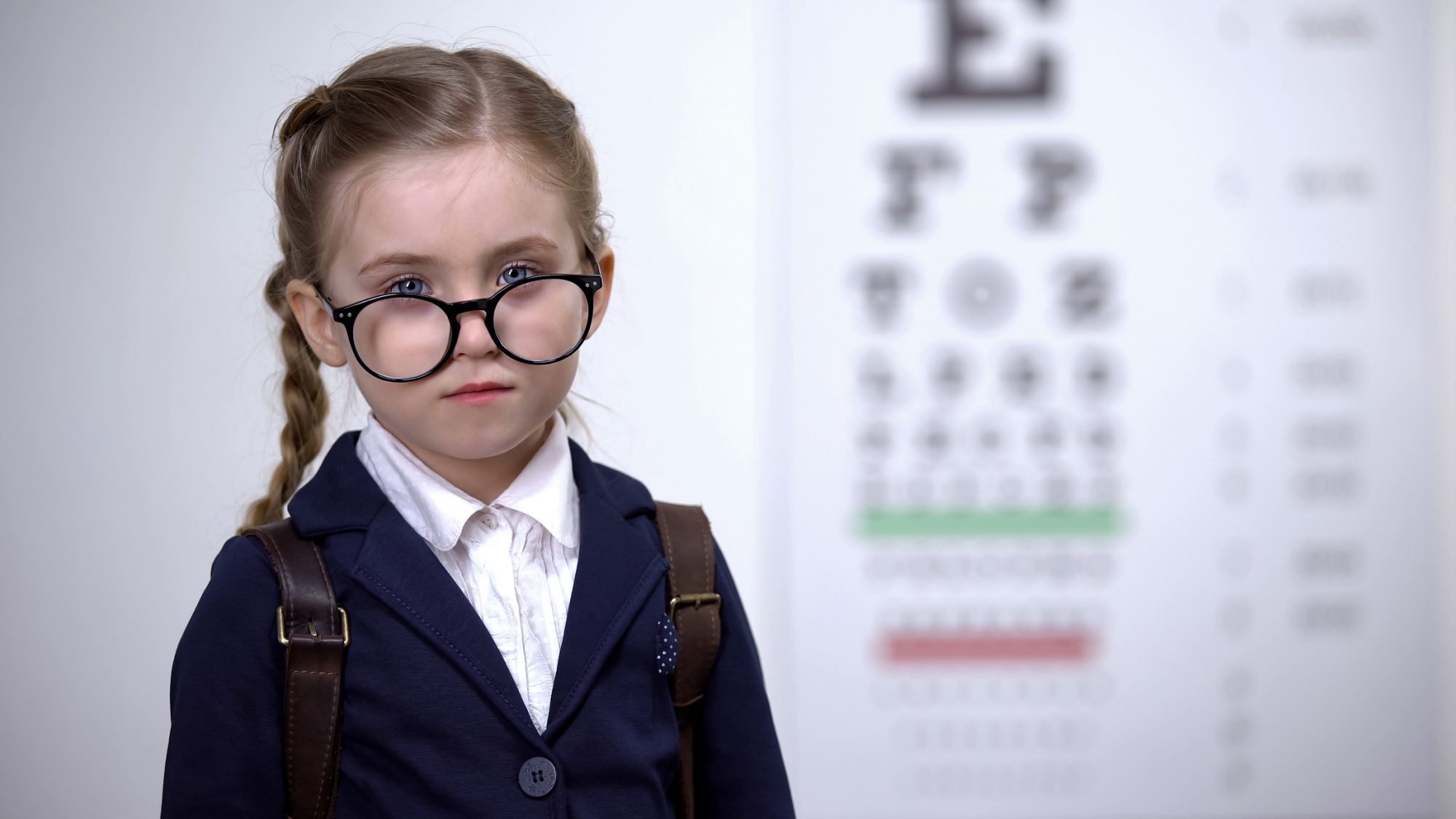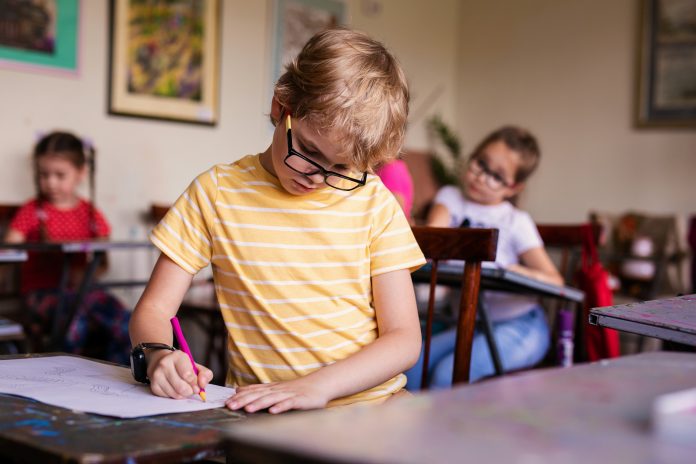When it comes to children’s spectacles, we ‘must do better’, Dr Alicia Thompson from the Association of British Dispensing Opticians argues
Imagine trying to learn in a world where you cannot see clearly, both from an educational and social development aspect. Young children will rarely report an issue with their vision as they know nothing different and what they can or cannot see is ‘normal’ to them. This is the core reason why we need to do better for children’s spectacles.
Visual learning is the most effective style of learning with 65% of a visual image being recalled after 3 days compared to only 10-20 per cent of words and is the preferred learning style for two-thirds of the population. It would be easy to understand how frustration and boredom could be expressed if a child cannot see the same as what their peers are engaged with in lessons, for example, or taking visual cues on whether their behaviour is acceptable.
The prescription is not the end of the story
If a child’s visual issue is detected and spectacles are prescribed, it would be reasonable to conclude that the child is now going to benefit from clear vision as they grow and develop but this is not the case. The prescription is not the end of the story as the dispensing process involves providing the mechanism of holding that prescription at the right place in front of the eye and delivering the full intended correction.
A young child’s face is not a small version of an adult face and yet the majority of children’s spectacles produced worldwide for this market are simply scaled-down adult designs making the accurate fit of children’s spectacles a challenge.

This results in the very common sight of a child peering over the top of their spectacles as shown in Figure 1.
A child’s developing face will have a completely different set of parameters to a small adult; namely, the bridge of the nose is underdeveloped so is lower and flatter compared to that of an adult form. Since the bridge is where a frame would traditionally rest, the adult-design frame will naturally slide down the nose until it finds the first point of anchorage, often at the nasal bulb just above the nostrils.
Children will receive no correction of their vision if their spectacles are wrongly fitted In the example of figure 1 below, the child will receive no correction of their vision whatsoever. It is also worth noting that sometimes prescribed lenses are used to not only correct vision but assist in the development of the child’s visual system; a window of opportunity that only exists up until the age of around 7-8 years.
Even if the child does look through the lenses, any movement of the frame away from the eyes will change the effective power of the lenses received at the eye, therefore the child will not receive their full prescribed spectacle correction.
Myopia and vision loss in children
Myopia, or short-sightedness, is a global epidemic that risks long term vision if allowed to progress. The elongation of the eye causes the myopia to increase and if this reaches high values, the risk of vision loss in later life increases dramatically. One solution to slow the progression of myopia in children is specially designed lenses that blur the peripheral vision and therefore slow or even halt the elongation of the eye. Fitting these spectacles is not only essential for clear vision but to allow them to slip forwards resulting in an under-correction of the myopia which can speed up the progression of myopia, the opposite effect of the objective of these specialist lenses.
Spectacle frames for children can be fashionable and the desire to wear spectacles is a positive step forward in terms of compliance and peer approval, however, fashion should not be the only design feature if the resultant spectacles are performing inadequately in their purpose.
Fashion and fit should be of equal importance and yet until recently, very little data existed on the development of a child’s face in relation to spectacle frame design.
A good fit depends entirely on measuring and advising on the correct frame size and design features for that individual child and making the necessary adjustments and modifications to ensure a stable and comfortable fit of the spectacles.
The importance of facial anthropometric data
Registered dispensing opticians are experts in this field, both extensively trained to a degree level, exposed to clinical experience throughout their training and rigorously assessed in paediatric dispensing. The Association of British Dispensing Opticians (ABDO) commissioned recent research to provide facial anthropometric data for frame manufacturers to improve their ranges after direct feedback from its members. (1)
Figure 1: A child wearing ill-fitting spectacle frames which allow the child to look over the top of the frames rather than through the lenses.
All children deserve to be seen by an expert and fitted with an appropriate pair of spectacles to give them every chance of learning and developing to their full potential with clear and comfortable vision.
Reference
1. https://research.aston.ac.uk/en/studentTheses/paediatric-facial-anthropometry-applied-to-spectacle-frame-design











